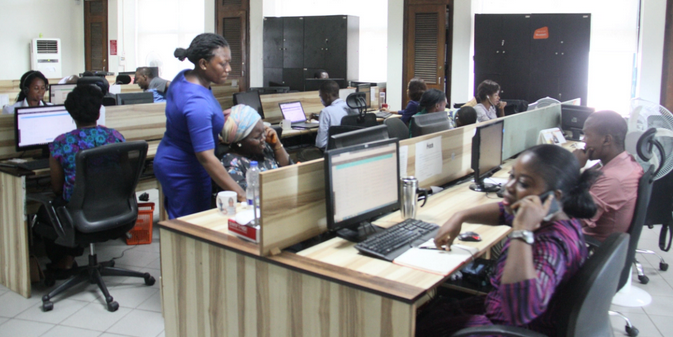Photos: YouTube\Twitter
Washington DC —Who is and is not benefiting from this year’s extraordinary job growth and rapid declines in unemployment?
As the economy emerged from pandemic lockdown, over 4.2 million jobs were added in the first half of 2021, and the rate of job openings hit record highs. Yet, the transition from unemployment to employment is lower than expected. A new article published by the Center for Economic and Policy Research (CEPR) investigates how different demographic groups are transitioning into jobs, as seen in the job opening rates.
The article’s title, Black and Asian American Workers Falling Behind in Getting Back Jobs, by Julie Y. Cai and Dean Baker, reflects the biggest takeaway from their investigation. The current job transition rate for these workers was slower during the first half of 2021 than would be expected, given job openings rates seen in the last two decades.
Age was another factor in the rate of job transitions. In the first half of 2021, unemployed workers in their later prime-age appear to have a slightly lower rate of gaining jobs, while unemployed young workers, 16 to 19-years-old, transitioned into jobs at a higher rate than predicted. “While we cannot directly determine the reason for gaps in transition rates from these data, it can be suggestive,” explains co-author Cai. “Young unemployed workers may find it relatively easy to fill vacancies in the service or hospitality sectors.”
“Clearly this is a labor market in which many workers are facing considerable hardship as well as discrimination, while others are seeing unusual possibilities,” says co-author Baker.





